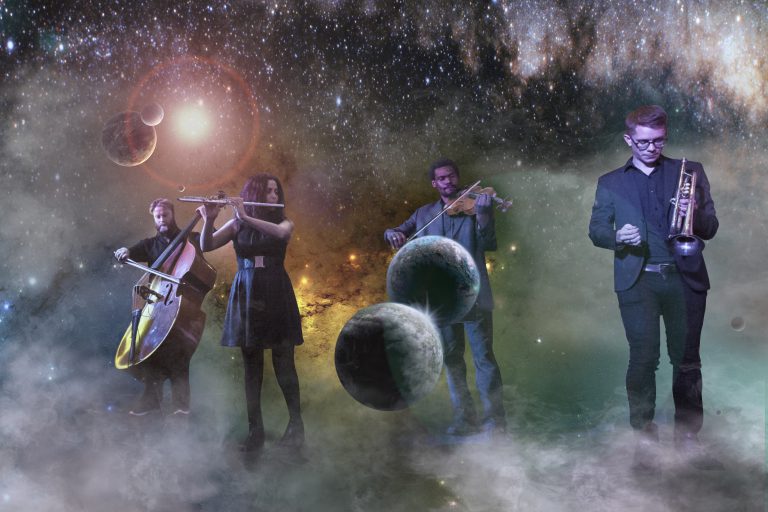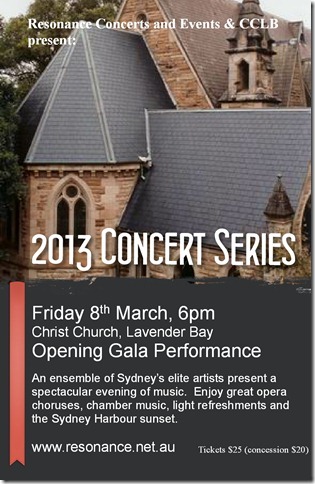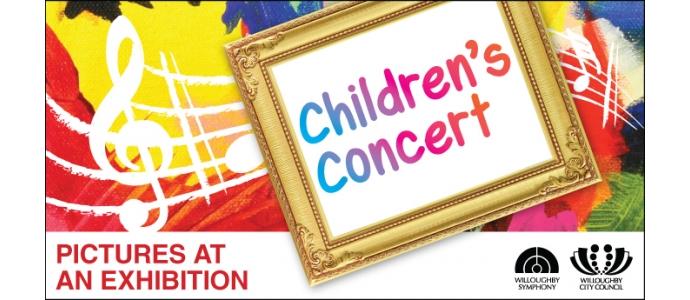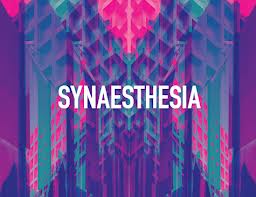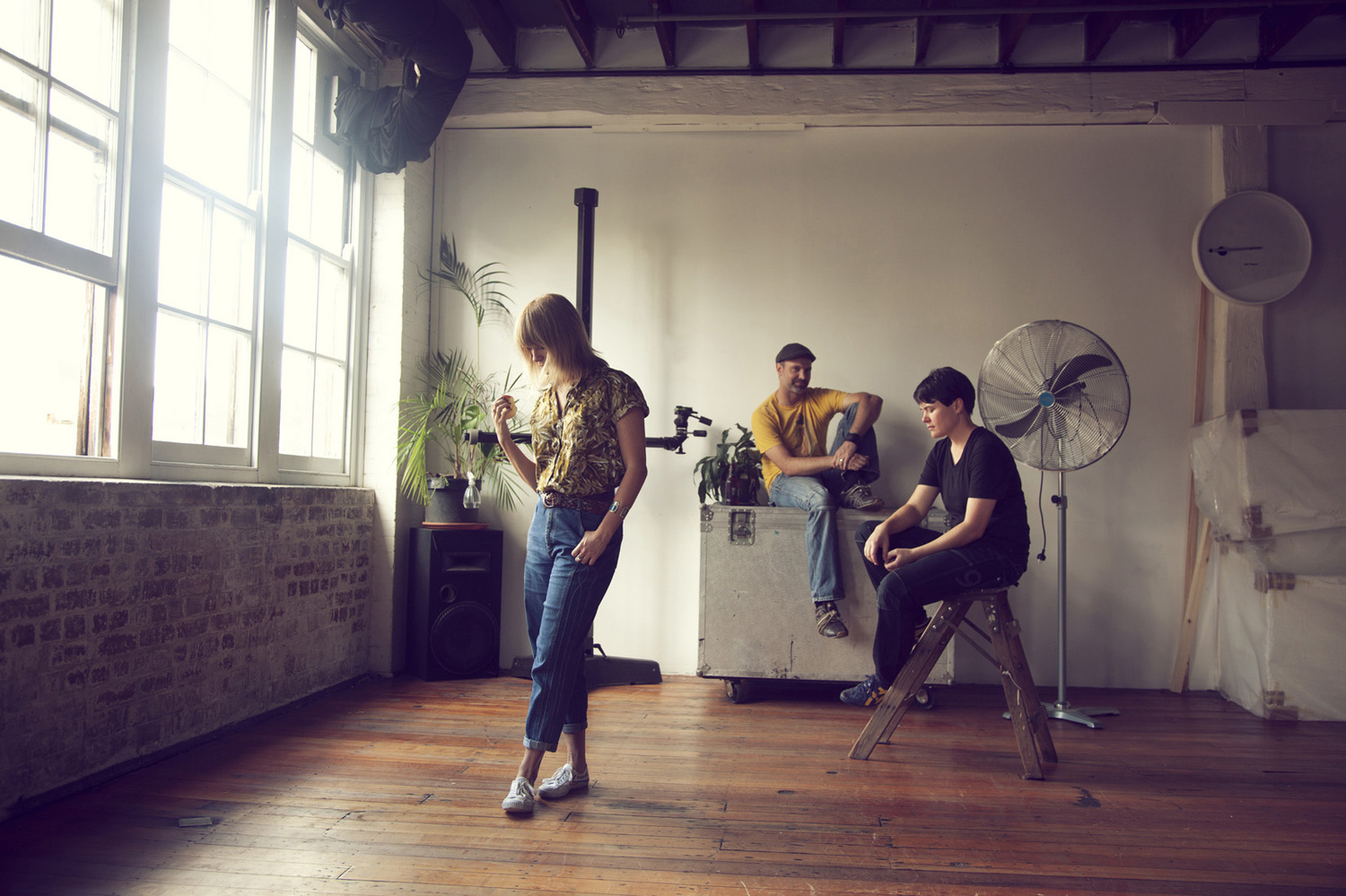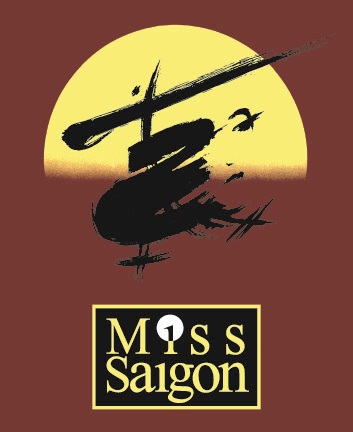Bel a capella presents ‘Stabat Mater’

Sydney chamber vocal ensemble Bel a capella conducted by Anthony Pasquill presents a ravishing programme of 16th and 17th sacred century music featuring the music of contemporaries Domenico Scarlatti (1685- 1757), Antonio Lotti (1667 – 1740), Antonio Caldara (1670 – 1736) and Johann Sebastian Bach (1685 – 1750), along with their predecessors Heinrich Schutz (1585 – 1672) and Claudio Monteverdi (1567 – 1643).
It is a well matched programme of music by composers connected by more than just dates. Lotti, Caldara and Monteverdi all studied or worked at St Marco in Venice; D Scarlatti, born in Naples, did spend time in Venice. Whilst little is known of his time there, it is unlikely that he did not, as a musician, have some encounter with the Basilica. Schutz was a significant figure in German Lutheran music who also travelled to Venice more than once to work with his contemporary, Monteverdi. JS Bach, a Lutheran as well, never left Germany, but is linked to this cohort by inheriting the musical legacy of Schutz. Lotti is known to have worked in Dresden, a city where both Schutz and Bach worked and where Schutz died and was buried. Neat.
There is more. The works by Scarlatti and Lotti focus on the crucifixion. Not the most joyful of subjects. However, the musical writing has a power and beauty well suited to quiet introspection. D Scarlatti’s Stabat Mater ( not to be confused with his father Alessandro’s work) is written for 10 parts. Its text dates from medieval times and has been attributed to the Italian Franciscan Jacopone da Todi (d 1306). It tells of Mary, the mother of Christ at the foot of the Cross – ‘The Mother Standing”. The two works by Lotti for 8 and 10 voices continue the theme. The Crucifixus is an isolated movement taken from the Latin mass.
J S Bach’s Jesu Meine Freude is the third and arguably the most popular of his 6 motets. Written in 11 movements its text is based on the Epistle to the Romans and its chorale, on a melody by Johann Cruger.
Linking back to Mary, the Magnificat is the Song of Mary. Like the Stabat Mater it dates from ancient times and is possibly one of the earliest Marian hymns. Schütz’s Deutsches Magnificat (Meine Seele erhebt den Herren) is a setting for double choir written at the age of 86, the year before his death.
Anthony Pasquill has been Music Director of Bel a capella since 2008. Their recent repertoire includes Britten’s A Boy Was Born, Arvo Pärt’s Berliner Requiem, Howells Requiem and Rachmaninov’s Vespers.
Anthony is currently involved with the Symphony Australia Core Conductors programme which is designed for musicians aspiring to a career in conducting. As part of this programme, he has worked with the Auckland Philharmonia and its Chief Conductor Eckehard Stier and with Christopher Seaman; with Sebastian Lang-Lessing in Melbourne and in 2012 he will study with Bernard Ladabie and the Melbourne Symphony Orchestra.
Anthony has been appointed Assistant Chorus Master for Sydney Philharmonia Choirs for 2012. During this time has has prepared the choirs for concerts with at the Sydney Opera House with David Zinman and the Sydney Symphony performing Poulenc’s ‘Gloria’ and Mozart’s Requiem. Later in 2012 he will assist in preparing the choirs for a performance of Tchaikovsky Pique Dame with Vladimir Ashkenazy.
Tickets: http://www.belacappella.org.au/belshop/index.php?main_page=index&cPath=5
Adult $30, Senior/Pensioner $25, Student $20

